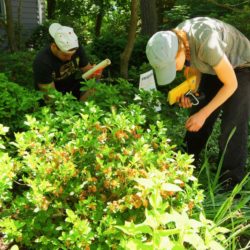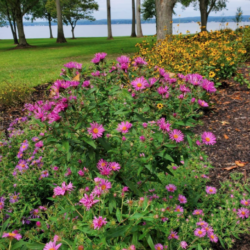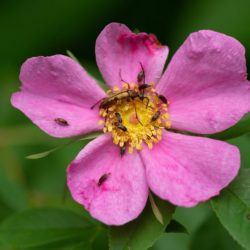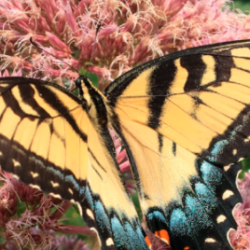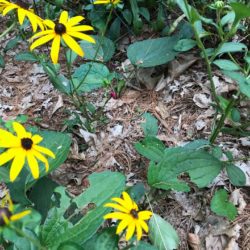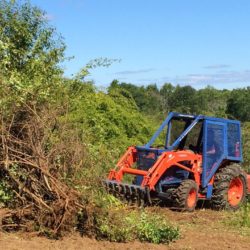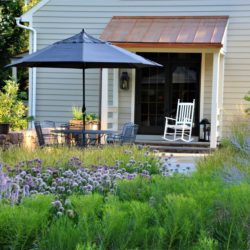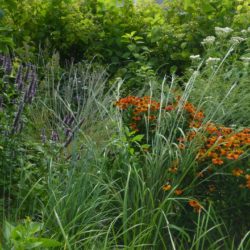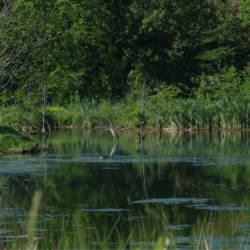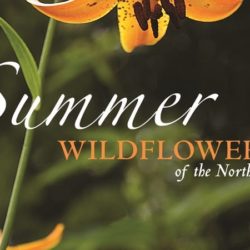By Christopher Neill
Woodwell Climate Research Center and a group of scientists across the country report on groundbreaking research into how American homeowners shape the structure and ecology of yard ecosystems. The project team contacted homeowners, took measurements in their yards, and conducted homeowner surveys. The report examines not only how homeowners shape their yard ecosystem, but also why they do what they do.

